Maintenance and Cleaning of Decorative Bricks
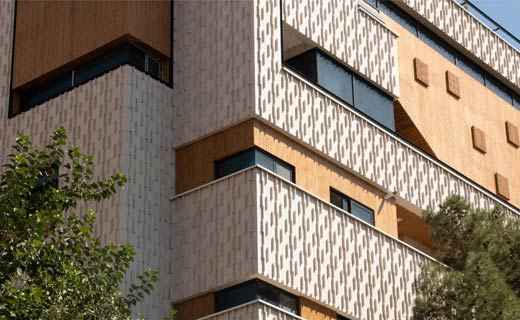
Introduction
Facing brick is one of the most widely used and beautiful building materials in both Iranian and modern architecture. This type of brick, in addition to its structural role, also has an aesthetic aspect and makes the appearance of the building pleasing and enduring. However, to preserve this beauty over time, proper maintenance and correct cleaning of facing bricks are very important. Otherwise, the bricks gradually lose their original appearance due to air pollution, acid rain, or the growth of algae and fungi.
1. The importance of maintaining facing bricks
Facing bricks are exposed to various environmental conditions such as rain, wind, dust, industrial pollution, and direct sunlight. These factors can cause discoloration, flaking, efflorescence, or even surface cracks.Therefore, periodic maintenance of facing bricks not only helps preserve their aesthetic appearance but also prevents a reduction in the durability and service life of the structure.
2. Detrimental Factors for Facing Bricks
Before examining preservation methods, it is necessary to understand the main factors that cause brick deterioration:
– Excess moisture and water penetration (especially through joints and grout)
– Air pollution and vehicle exhaust
– Acid rain and intense sunlight
– Efflorescence (salts dissolved in water)
– Growth of moss, fungi, or algae in damp areas
By understanding these factors, effective preventive measures can be taken.
3. Methods of Maintaining Facing Bricks
🔸a) Periodic review and repair
- Every 6 to 12 months, the facade should be inspected for cracks, joints, and brick separations.
- In case of observing damaged or loose bricks, the mortar joints should be repaired immediately to prevent moisture infiltration.
🔸 b) Sealing and protective coating
- Using resins or penetrating silicone solutions makes the brick surface resistant to water and pollution.
- These coatings should be colorless and breathable so that they do not prevent water vapor from escaping from inside the wall.
🔸c) Preventing dandruff
- When building, it is very important to use appropriate mortar and dry, clean bricks.
- After execution, in case efflorescence occurs, chemical or mechanical methods should be used for cleaning (which will be explained later).
4. Methods for Cleaning Brick Facades
🔸a) Cleaning with water and a soft brush
For superficial pollution (dust, light soot), using clean water and a soft plastic brush is the best option. Wire brushes or excessive pressure should not be used, as they can scratch or damage the surface of the brick.
🔸b) Use of mild detergents
In the presence of heavy grease or soot, a diluted solution of neutral detergent (pH between 6 and 8) can be used. After washing, the brick surface should be rinsed with clean water to ensure that no chemical residues remain on it.
🔸 c) Cleaning of efflorescence (whitewash)
Efflorescence usually appears as white patches on the surface of bricks.
To remove it:
- First, clean the dry surface with a soft, dry brush.
- If the stain remains, use a diluted vinegar solution (one cup of vinegar in 5 cups of water).
- After cleaning, rinse the surface with clean water and dry it.
🔸 d) Using a water jet device
In large facades or heavy pollution, a water jet device (high-pressure washing) can be used. Of course, the water pressure should be controlled so as not to damage the joints and the brick surface. 5. Important points for long-term maintenance
- Do not use strong acidic substances or bleach for cleaning.
- Every two years, the protective coating on the brick (resin or silicone) should be renewed.
- In rainy areas, controlling drainage and rooftop gutters is very important to prevent moisture from reaching the walls.
- In case of moss or mold growth, first dry the surface, then clean it with a mild antifungal solution.
Conclusion
Maintenance and cleaning of facade bricks not only increase the lifespan and durability of the building but also preserve its beautiful appearance for years.
Periodic cleaning, grout repair, and the use of protective coatings can prevent issues such as efflorescence and discoloration.


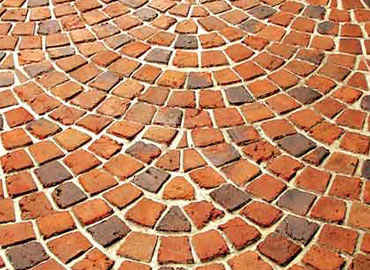

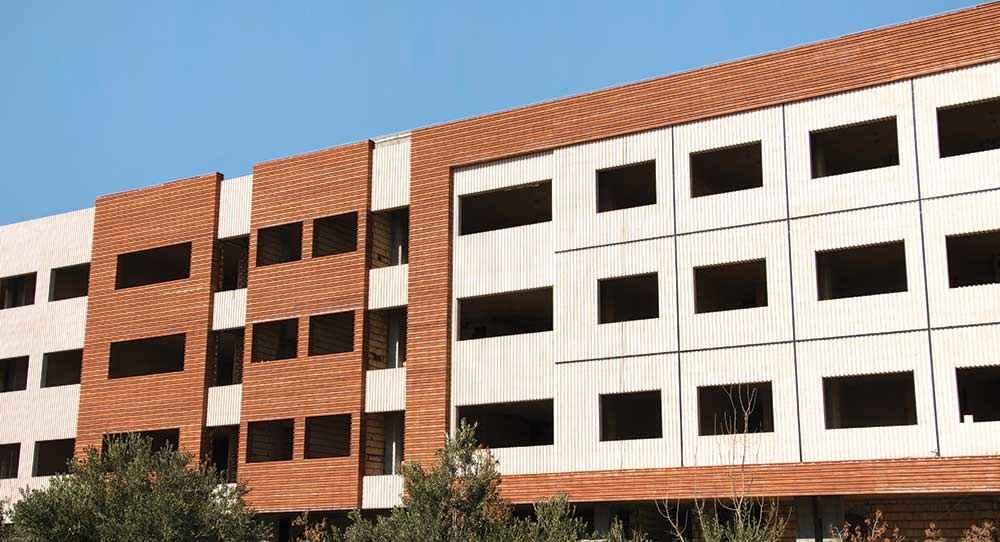
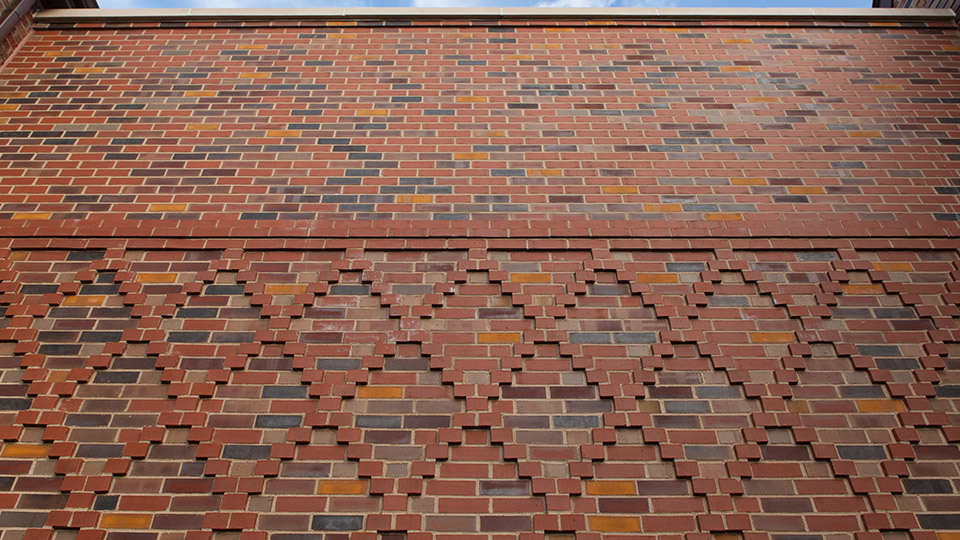
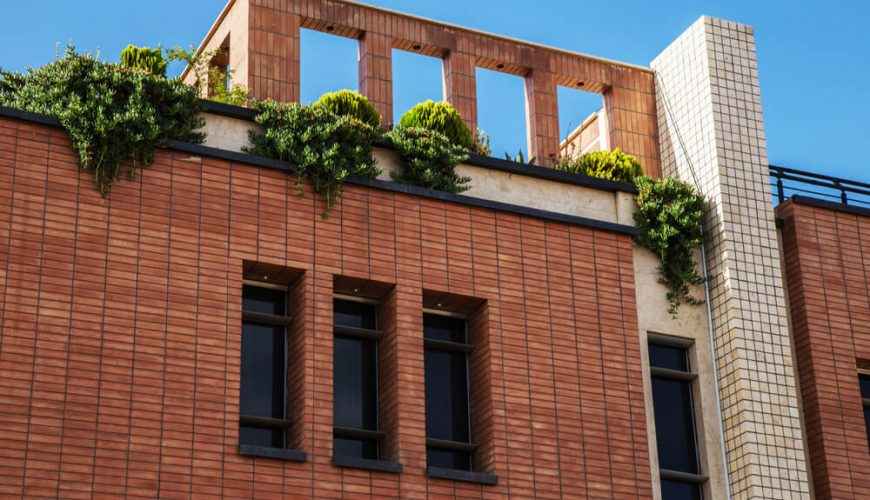
Comments
Your Comments
Comments